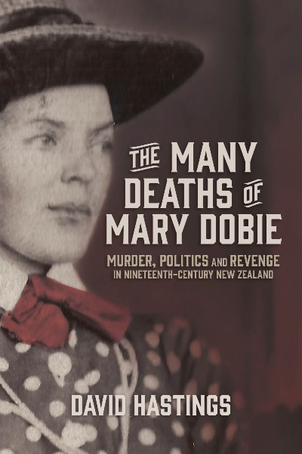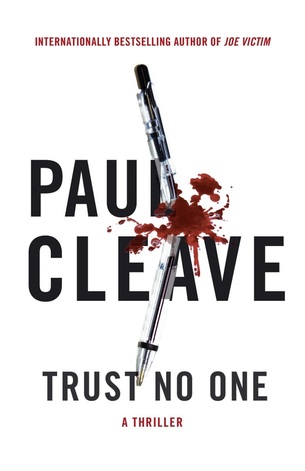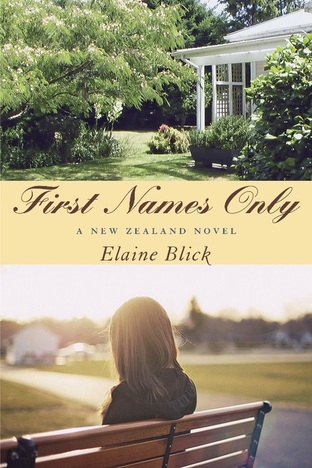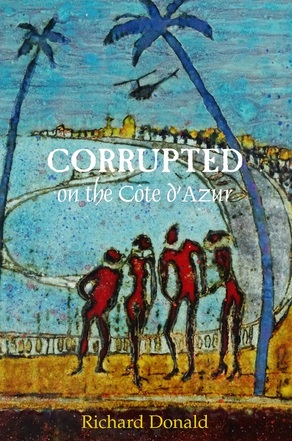
by David Hastings
A recent edition of the Taranaki Daily News (November 5, 2015) reported that renewed interest in a national day of celebration of the events of Parihaka, on that same day in 1881, was gaining momentum.
Instead of Guy Fawkes Day, it was suggested a celebration of an important turning point in New Zealand's history – a landmark movement and event that exposed the conflicting imperatives of both Maori sovereignty and European superiority, be the focus of commemoration. The era of the hungry 80s is, of course, full of important stories to be told.
These stories are explored by author David Hastings in The Many Deaths of Mary Dobie, a book that frames the murder of real historical figure – artist Mary Dobie – within the context of simmering Māori-Pakeha relations.
The premise of the story – that Mary's body has been found, her throat slashed while walking to Te Namu Bay at Ōpunake – is scaffolded by building tensions over Parihaka. The author weaves historical narrative into the plot, and Dobie is positioned as a pivotal character.
She is strongly independent, artistic and adventurous. She “never allowed conventions or stuffy Victorian customs to inhibit her and she wasn't about to be corralled behind high defensive walls on account of some fear that might be more imagined than real”.
With a connection to the Armed Constabulary, with her brother-in-law stationed in the nearby redoubt, there left a question: was Mary's death politically motivated? During the later trial it was found that she had threatened to report her attacker to the “soldiers”, and perhaps he panicked at the ramifications of this and carried through with murder. Furthermore, did Europeans in the settlement need confirmation for their beliefs that the Māori at Parihaka needed suppression, with the murderer exposed as local Tuhiata?
Hastings unravels the tale with ease, yet the the story is underpinned with reference to primary source material, and the inclusion of some of the sketches executed by Dobie. Not surprisingly, Dobie, owing to her role as artist for Graphic, sketched numerous works on her three-year sojourn in New Zealand.
As a plot device, the central event of the murder is a means to tell the wider story of race relations in the nineteenth century in the Taranaki, but the character development is also solid; believable characters set in a descriptive and real Taranaki landscape.
The Many Deaths of Mary Dobie would interest a number of readers; those obviously interested in the Long Depression and New Zealand race relations, but also people interested in regional history and social nuances of the time. Of course crime and punishment in our history is also a drawcard. The research for this book is extensive.
The book also perhaps lends more weight to the date of November 5, as a date for reflection on the events a year after Dobie's death at Parihaka. These are our stories and Hastings does them great justice.
Author: David Hastings
Publisher: Auckland University Press
ISBN: 978-1-86940-837-4
Available: Bookshops





 RSS Feed
RSS Feed
